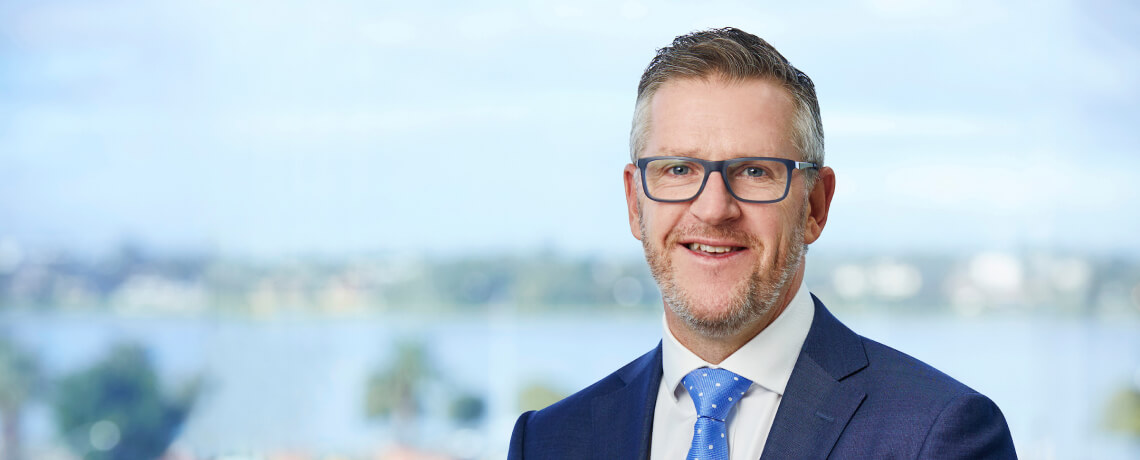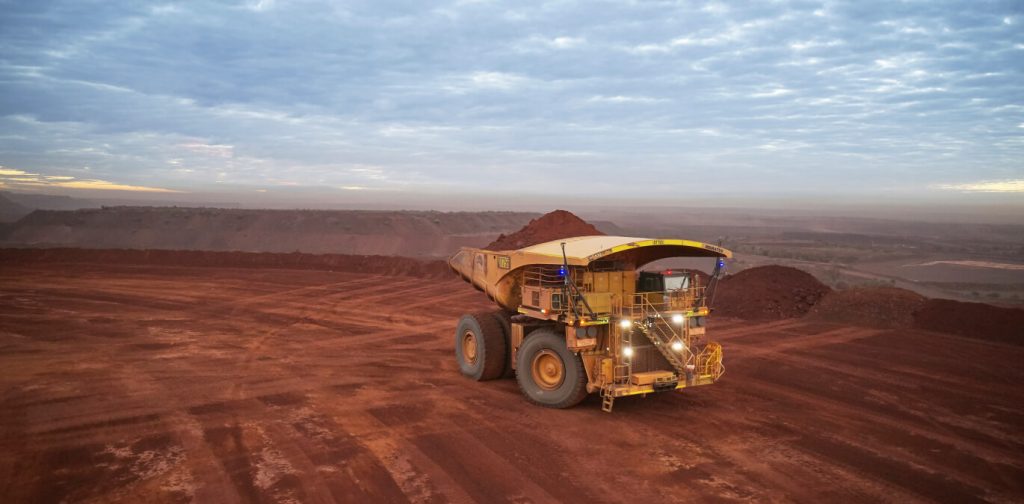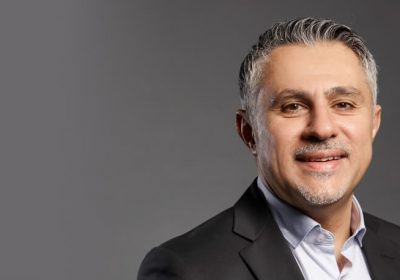
- Author: Alexandra Cain
- Posted: September 7, 2020
From the Ground Up: The Key to Fortescue’s Success
By Alexandra Cain
CFO Magazine Australia was fortunate to interview Fortescue Metals Group’s Chief Financial Officer Ian Wells on the day of its most recent full year results announcement, a landmark event for the business.
By any measure, the global iron ore leader turned in a stellar result. It achieved an underlying EBITDA of US$8.4 billion, which was 38 per cent higher than the previous year. It recorded net profit after tax (NPAT) of US$4.7 billion and earnings per share of US$1.54 (A$2.29), up 49 per cent versus the 2019 full year.
Fortescue also continued with its commitment to the communities in which it works demonstrated by a total global economic contribution of A$17.2 billion.
Net debt is just US$258 million at 30 June 2020, down 88 per cent versus last year, after strong free cashflow generation. US$4.9 billion cash on hand included US$1 billion of proceeds from a revolving credit facility, which was subsequently repaid in July 2020. Quite the achievement in the middle of a pandemic, attributable in part to strong demand from China following its pandemic-induced shut down and subsequent recovery.
Wells says the firm’s focus on risk helped it produce these outstanding figures. “Our skills in risk management and business continuity come to the fore and have supported our business continuity, on the back of lots of scenario planning. Procurement has also been critical, which meant sourcing new suppliers and paths to market. The Fortescue culture really comes to bear where there’s a new challenge in addition to strong leadership to articulate a path forward.”
Although the pandemic crisis is new, he says Fortescue’s history of being able to run the business through different markets cycles helped it thrive during 2020’s challenges.
“We’ve had high iron ore prices and we’ve had low iron ore prices. We have reduced our costs from around US$50 per tonne eight years ago down to US$13 per tonne to ensure strong margins through market cycles. The pandemic changed the supply of and demand for steel and iron ore. But we sit here today and demand for steel, particularly from China, is strong.”
The Fortescue way
While experience is one factor that helps Wells and the business achieve success, focusing on what it can control is another important element. This includes prioritising safety, and concentrating on production and cost. Planning and execution are important, as well as being prepared for the unknown.
Strong leadership is another key ingredient. This gives its people vision so they can get on with their roles. “Empowerment is one of our values. We couple that with responsibility. That works in every market cycle,” he says.
An example is project funding. “We were recently asked if the funding strategy for one of our major projects was going to change? The answer is no. We have a disciplined approach to capital allocation and our balance sheet and that does not change through market cycles. It might give you new and different opportunities, but ultimately it’s really important to be consistent through the cycle and act in the same way we would when the iron ore price is low as when it is high. Because that drives better returns for the business and better risk management.”
As this suggests, disciplined capital allocation is at the heart of the business. “I’ve been at Fortescue for 10 years and I was part of the team that raised the debt capital to fund the projects and managed the business through some challenging cycles. To come out at the end of that cycle and repay the debt like we said we would, to rapidly expand and to apply free cash flow to retire debt is rewarding. Today is the second year in a row that we haven’t repaid any material debt and we’ve allocated the majority of our cash flow to shareholder returns. But this isn’t an overnight success. It’s a plan. It requires discipline and holding true to our strategy when lots of things could have easily distracted us along the way.”
Sexy truck tech

The ability to access and act on underlying data is another critcal business pillar.
“Everyone is fascinated by autonomous trucks. But we also get excited about robots running the GST return and those repetitive manual processes. The sexy stuff for us is linking physical mining with our assets. Being able to shorten planning processes gives us options to run different scenarios to figure out the best and most efficient way to maximise value from the asset base,” says Wells.
“That’s important because when you start a mine, you’re always managing natural mine life inflation. Cost management is a constant challenge and that’s where autonomy comes in. An autonomous truck with better operational efficiency is good. But then you want to make the right decisions. We have a balance sheet asset value of over US$20 billion and we ship 175 to 180 million tonnes of iron ore a year. Seconds matter when you’re leveraging the logistics chain to get maximum productivity when you have a mine that’s 300 kilometres from the port. So the quality of your data and data connectivity is critical.”
“Everyone is fascinated by autonomous trucks. But we also get excited about robots running the GST return and those repetitive manual processes”
Ian Wells, CFO | Fortescue Metals Group Ltd
This also requires a huge focus on investing in the capability of its people and intellectual property, including commercial and technical skills. Cultural fit is equally important.
Says Wells: “We’re a pretty lean machine and finance is no different to any other part of the business. It’s highly efficient, high energy and high intensity. We’re a high performance team that happens to do mining.”
It’s a very different year and this August Wells and the management team won’t be heading off on a global post-results roadshow. But its focus on doing things differently means analysts will be just as informed about the business as in any other year. It’s an approach that will stand the business in good stead through this market cycle and beyond.








